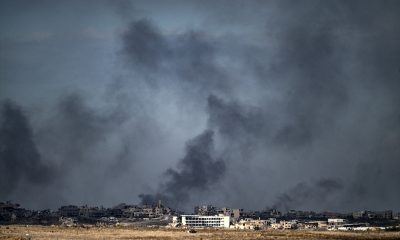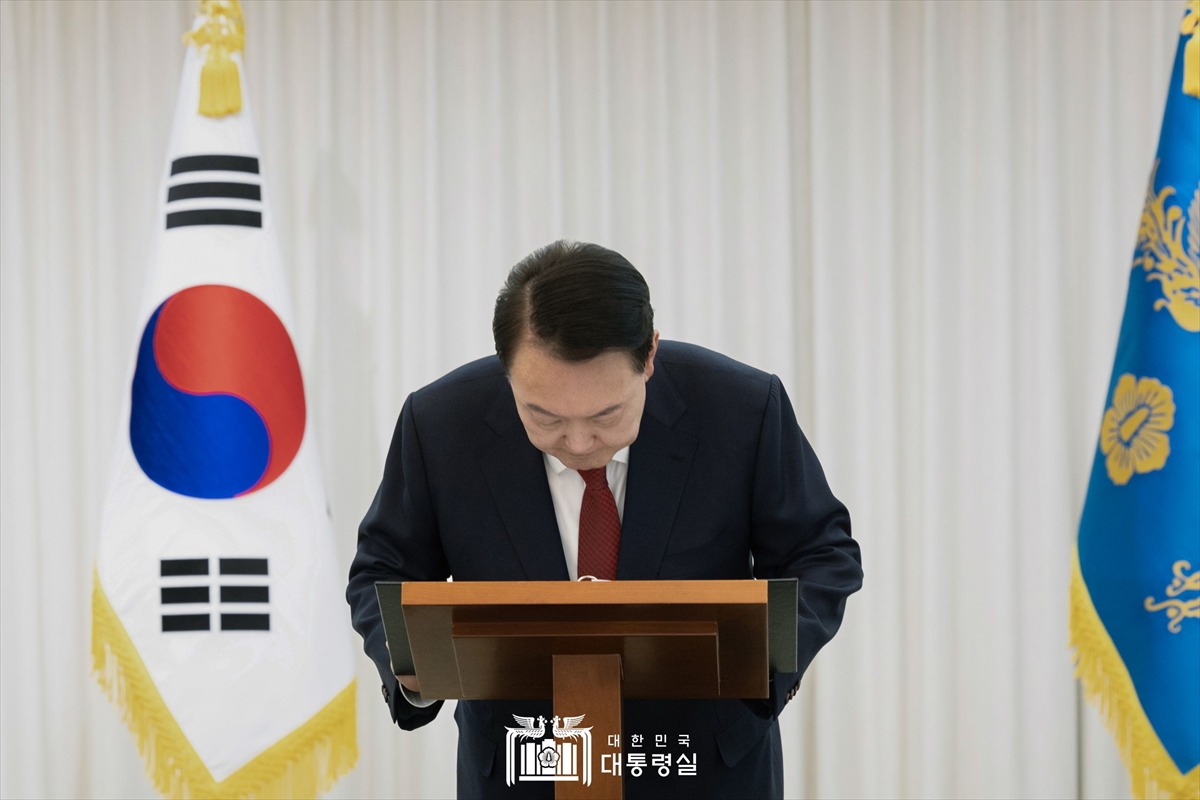Senior defence officials and government leaders from around the world presented their case for regional peace and stability at the Shangri-La Dialogue security summit in Singapore over the weekend.
The US and China proposed different mechanisms for partnership and cooperation in the region, with delegates at times disagreeing on various issues.
The summit also took place against a tense international backdrop, ranging from disputes in the South China Sea to Israeli aggression in Gaza and the ongoing war in Ukraine. During the three-day event, senior officials held numerous bilateral and several closed-door meetings.
US-China tensions
The world’s two largest economies laid out different paths for regional cooperation at the Shangri-La Dialogue. On Saturday, US Defence Secretary Lloyd Austin outlined America’s vision of a broad network of partnerships with Indo-Pacific countries. This vision is also seen as a US attempt to ‘contain and contain’ China through its allies in the region.
Austin advocated a ‘new convergence’ of stronger and more resilient ties in the region, not tied to a single alliance or coalition, but made up of ‘overlapping and complementary initiatives and institutions’. Austin stressed that the US commitment to the Indo-Pacific is ‘all-encompassing’.
His Chinese counterpart, Defence Minister Dong Jun, spoke of his country’s ‘five principles of peaceful coexistence’: mutual respect for sovereignty and territorial integrity, mutual non-aggression, non-interference in each other’s internal affairs, equality and mutual benefit, and peaceful coexistence.
Referring to Washington’s push for an anti-China alliance in the region, Dong Jun said: ‘Our people oppose any attempt to turn our countries into vassal states or drag us into bloc conflicts. Our people despise those who seek to strengthen themselves by taking orders from hegemonic powers.
The Taiwan debate was also on the agenda. Taiwan’s new pro-independence leader, Lai Ching-te of the Democratic Progressive Party, made an anti-China and pro-independence speech at his swearing-in ceremony last week, sparking tensions. Beijing responded by calling the speech ‘provocative and separatist’ and then launched military exercises around the island to ‘blockade’ Taiwan.
On Friday, US Defence Secretary Austin described the Chinese People’s Liberation Army drill as ‘provocative’ and expressed ‘concern’.
Chinese Defence Minister Dong Jun reiterated the ‘one China’ principle during a question-and-answer session at the Shangri-La Dialogue on Sunday.
Dong stressed that China would not hesitate to take ‘decisive action’ to prevent any move towards independence for the island, in a strong response to Taiwan separatism. He said any attempt to separate the island from China would lead to ‘self-destruction’. Experts pointed out that this was the first time the term had been used.
Surprise visit by Zelenskiy
In a surprise move, Ukrainian President Vladimir Zelensky also travelled to Singapore to support the ‘peace summit’ scheduled for 15-16 June in Switzerland. The Ukrainian leader said 106 countries and 75 heads of state had confirmed their attendance.
We need the support of Asian countries,’ Zelensky told reporters on Sunday. Ukraine is trying to persuade more developing countries from the so-called global south to attend, including China, which has said it will not attend without a representative from Russia. But the Ukrainian leader on Sunday accused Beijing of working with Moscow to prevent countries from attending the upcoming forum. Zelensky said Russia was using China’s regional influence and diplomats to block the summit. It is unfortunate that a big, independent and powerful country like China is a tool in Putin’s hands,” he said.
Philippines-China tensions continue
Tensions between the Philippines and China over the South China Sea, another area of conflict, continued at the meeting.
In the forum’s opening speech, Philippine President Ferdinand Marcos Jr. responded to China’s “illegal, coercive, aggressive and deceptive actions” without naming any country. Marcos argued that if tensions in the South China Sea resulted in the death of a Philippine citizen, it would be ‘an act close to war’. He stressed that such an event could trigger the Mutual Defence Treaty signed with the US in 1951. In previous statements, Marcos had said that the treaty would be activated if a Filipino soldier died as a result of a foreign attack.
It was noted that the US ‘welcomed’ Marcos’ speech.
In response, the Chinese Defence Minister said in his speech: ‘We will not allow hegemonism and power politics to harm the interests of Asia-Pacific countries. We will not allow anyone to bring hot or cold geopolitical conflicts or wars to our region. We will not allow any country or power to create conflict and chaos in our region.
Gaza
In their speeches, Indonesia and Malaysia expressed concern over Israel’s attacks on Gaza.
In a special address on Saturday, Indonesian Defence Minister and President-elect Prabowo Subianto said the new proposal for a ceasefire between Israel and Hamas was an ‘important step in the right direction’ towards ending the eight-month war. Indonesia, the world’s most populous Muslim country, has no formal relations with Israel.
As part of the new proposal, Prabowo pledged Indonesia’s willingness to contribute ‘significant’ peacekeepers to maintain and monitor a possible ceasefire if needed and requested by the United Nations. The new leader said the Southeast Asian country was also ready to evacuate and treat around 1,000 patients from Gaza.
During the closing session on Sunday, Malaysian Defence Minister Mohamed Khaled Nordin applauded Prabowo’s remarks and reiterated that Kuala Lumpur ‘absolutely welcomes and supports’ any proposal that would lead to an immediate and lasting ceasefire.
The Malaysian defence chief concluded his speech by suggesting that the annual Singapore Defence Forum invite a representative from Palestine to future events.


 EUROPE6 days ago
EUROPE6 days ago
 OPINION1 week ago
OPINION1 week ago
 DIPLOMACY2 weeks ago
DIPLOMACY2 weeks ago
 DIPLOMACY1 week ago
DIPLOMACY1 week ago
 ASIA2 weeks ago
ASIA2 weeks ago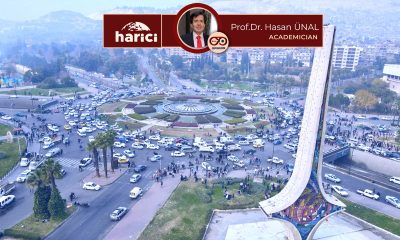
 OPINION1 week ago
OPINION1 week ago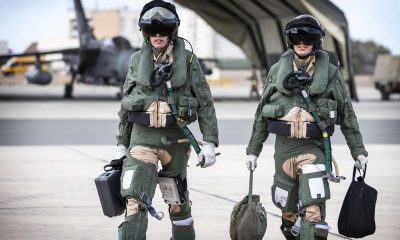
 EAST MEDITERRANEAN2 weeks ago
EAST MEDITERRANEAN2 weeks ago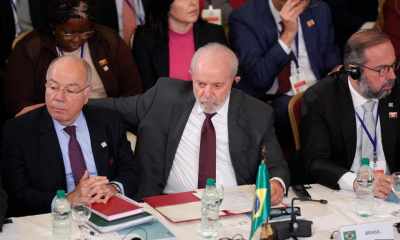
 OPINION5 days ago
OPINION5 days ago





